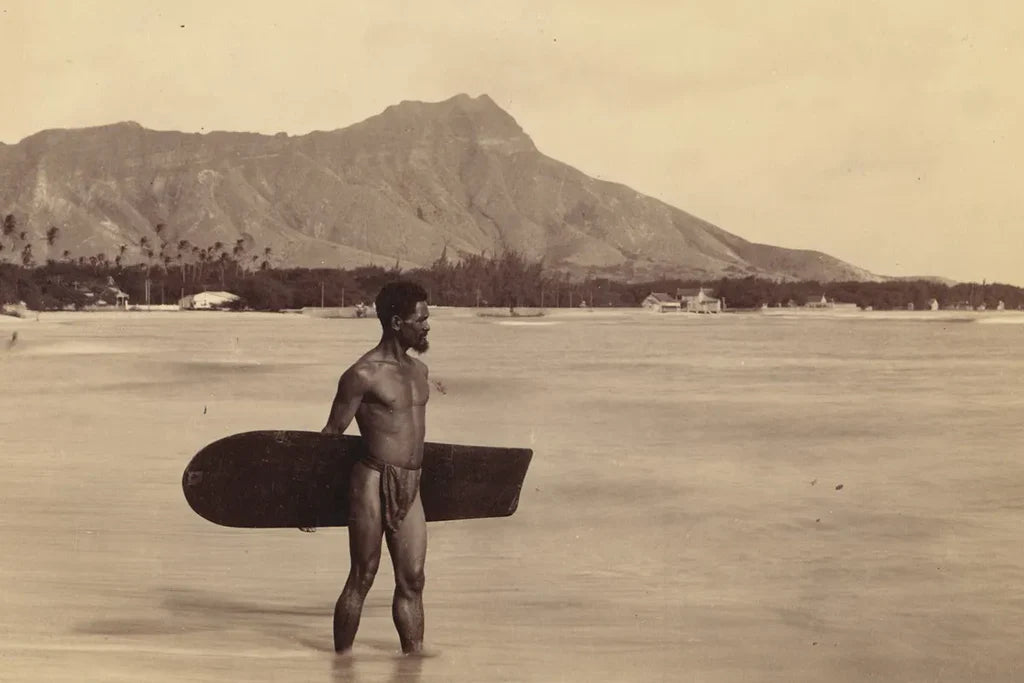History of the Horseshoe Patent
Horseshoes became a necessity soon after humans learned how to domesticate horses and how important it was to protect their feet. The earliest form of horseshoes are believed to date back to 400 BC.
The primitive designs used plants, rawhide, and leather straps to secure and protect horses’ feet, all in an attempt to get horses to run faster and longer. In Ancient Asia, most horseshoes were made out of woven plants.
In Northern Europe, where it was often cold and wet, horses found it difficult to gain traction on the terrain. This led to the practice of nailing metal shoes into horses’ hoofs - which began in the 6th and 7th centuries. This practice took a while to catch on, but eventually became common in Europe around 1000 AD.

By the 14th century horseshoes became common commodities and eventually purpose built horseshoes emerged for trade, transportation, and war.
During the industrial revolution, horseshoes became much quicker and cheaper to manufacture, giving those who mass produced them a large advantage in war. During the American Civil War, horseshoes became a large advantage for the Northern army.

As horse racing became more popular in the early 1900s, a new class of shoes was born - the equestrian horseshoe. This design became a large commercial success, particularly when horse riding became a sport in the 1900 Olympic Games. Since then, other than using more lightweight and strong materials, not much has changed in horseshoe design or purpose.

In 1898, before horse riding became an official sport in the Olympics, Peter and John Hoppesch filed a patent for a horseshoe design. Their design made it easy for people to add or remove a spring plate from within the horseshoe without removing the horseshoe itself.
Check out the patent






